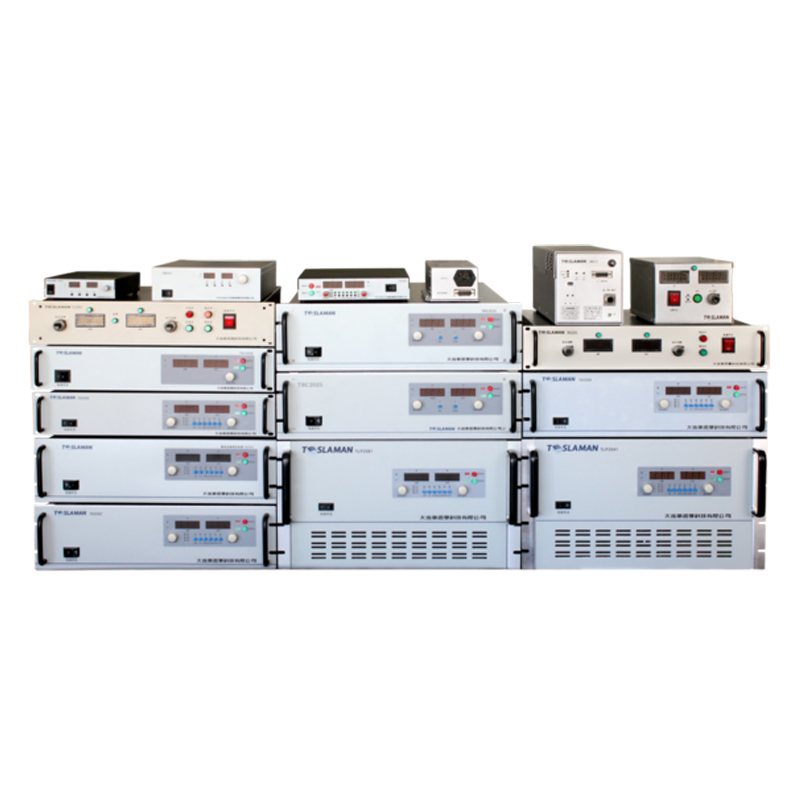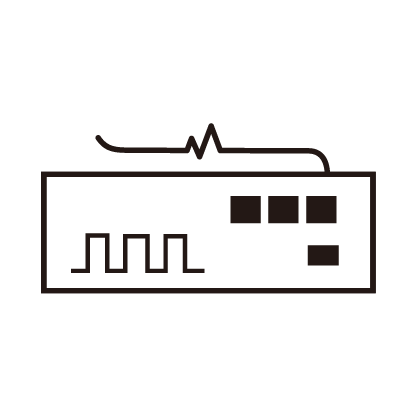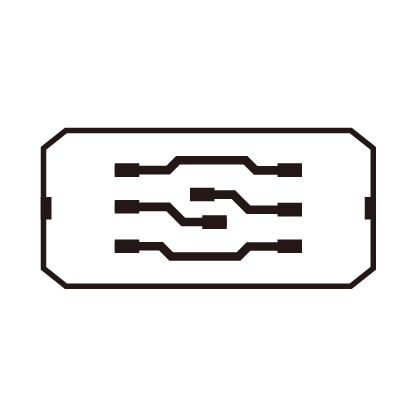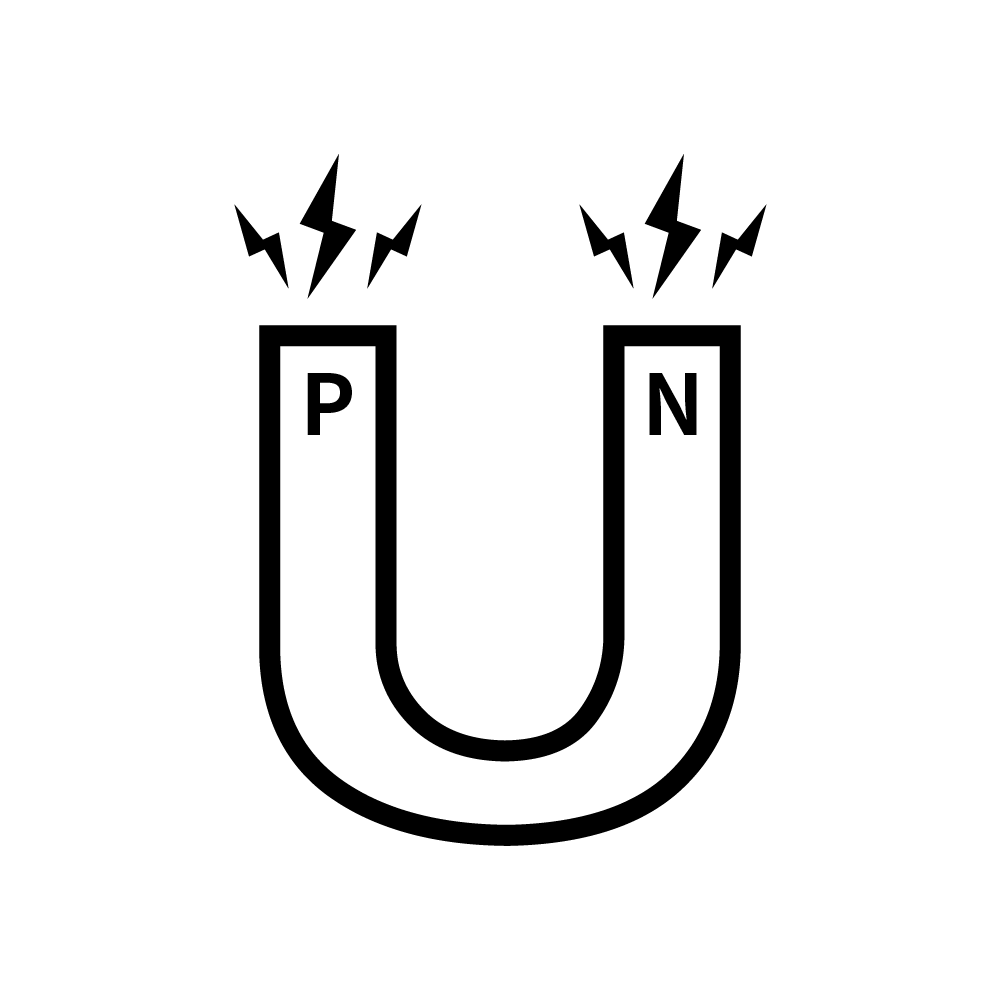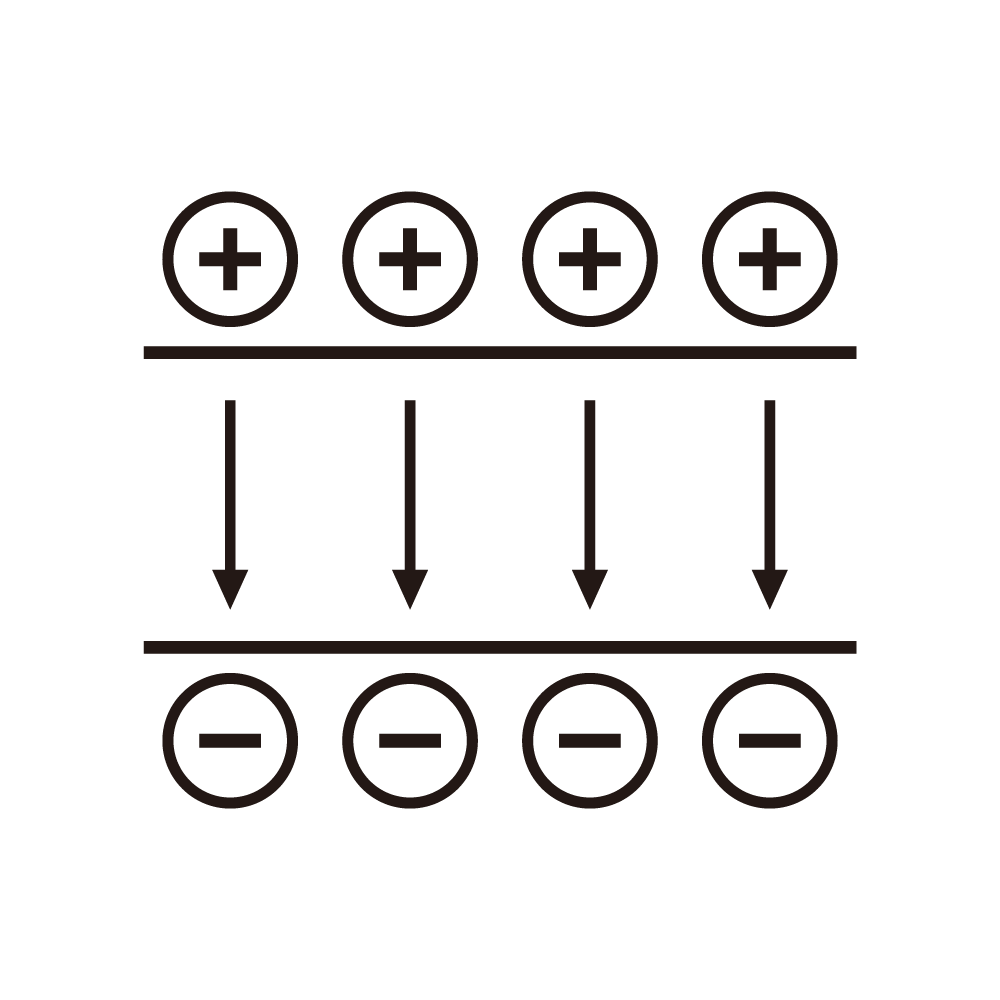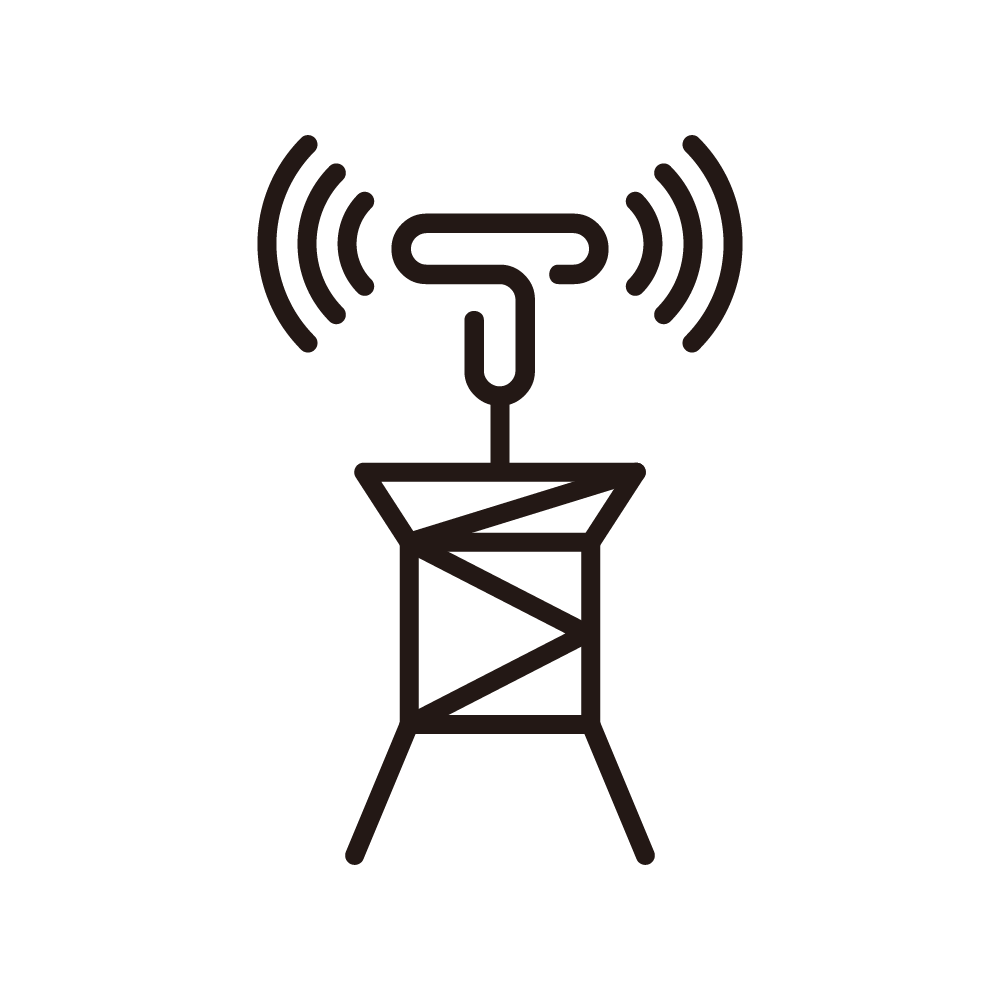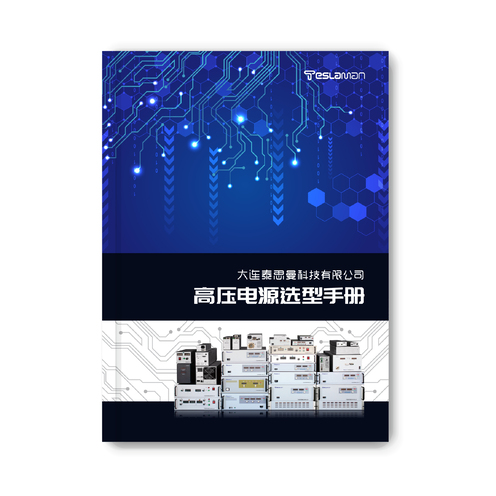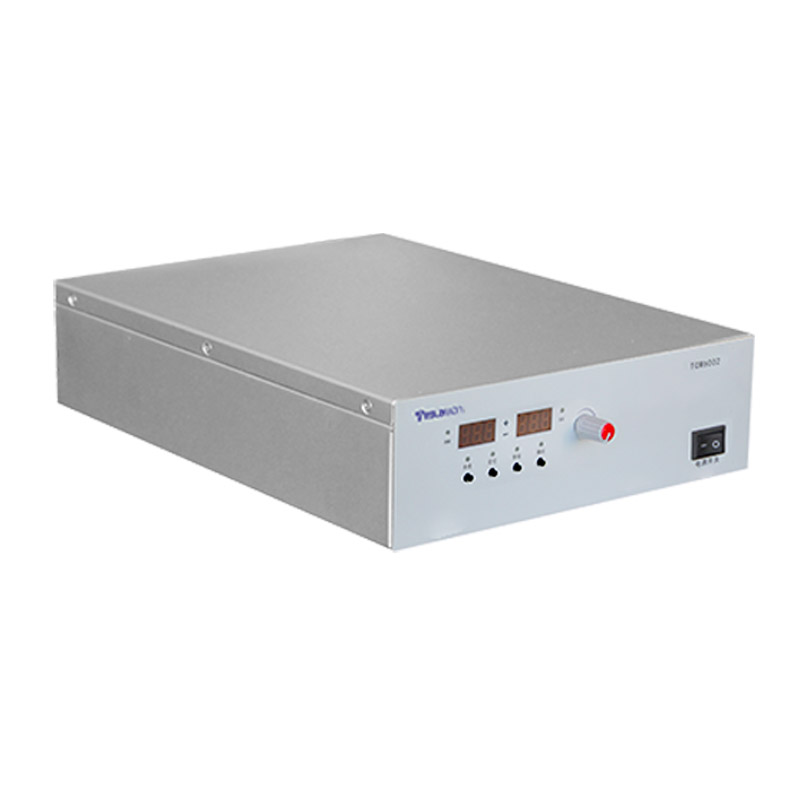Protection Circuits of High-Voltage Power Supplies for Semiconductor Testing
In the field of semiconductor testing, high-voltage power supplies play a crucial role. They provide precise and stable high voltages for various semiconductor devices to ensure that test results accurately reflect the device performance. However, due to numerous potential risks inherent in the high-voltage environment, protection circuits have become an indispensable key component in the high-voltage power supply system. They are like a solid wall protecting the power castle, safeguarding the safe and stable operation of the entire testing process.
From the perspective of overvoltage protection, during semiconductor testing, the output voltage of the power supply may increase out of control due to various factors, such as sudden failures of circuit components and abnormal interferences in control signals. Once an overvoltage situation occurs, if not curbed in time, it will cause irreversible damage to expensive semiconductor testing equipment and the tested devices. Protection circuits usually employ components such as varistors and transient voltage suppressor (TVS) diodes to deal with this. Varistors have the characteristic of non-linear voltage variation. Under normal voltage, they present a high resistance state and hardly affect the circuit operation. When the voltage exceeds its threshold, the resistance decreases rapidly, dissipating the overvoltage energy in the form of heat, thus limiting the voltage rise. TVS diodes, on the other hand, with their extremely fast response speed, can clamp overvoltage pulses within picoseconds, stabilizing the voltage within a safe range and effectively protecting the subsequent circuits from instantaneous high-voltage shocks.
Overcurrent protection is equally important. During testing, if a semiconductor device experiences a short circuit or an abnormal load, it will cause a sharp increase in the output current of the power supply. Continuous overcurrent may not only burn out the power devices inside the power supply but also lead to serious safety accidents such as fires. Common overcurrent protection methods include fuses and electronic fuses. As a traditional overcurrent protection element, when the current exceeds the rated value, the internal melt of the fuse will melt due to overheating and cut off the circuit, playing a protective role. However, once it melts, it needs to be replaced, which is somewhat inconvenient in certain continuous testing scenarios. Electronic fuses utilize electronic circuits to monitor the current in real-time. Once overcurrent occurs, they quickly trigger switching elements to turn off the circuit and can automatically reset after the fault is eliminated, offering higher flexibility and being able to precisely adapt to the complex and changeable current working conditions in semiconductor testing.
In addition to overvoltage and overcurrent protection, electrostatic protection for high-voltage power supplies in semiconductor testing cannot be ignored. Semiconductor devices are extremely sensitive to static electricity. The accumulation of tiny static charges may instantaneously break down their fragile internal structures. Electrostatic discharge (ESD) devices are generally installed in the protection circuits. These devices can provide a rapid discharge channel for static electricity, safely guiding the static charges to the ground and avoiding damage to the semiconductor elements in the testing system. For example, by reasonably arranging ESD protection diodes at positions where static electricity is likely to be introduced, such as power interfaces and signal transmission lines, electrostatic pulses can be effectively blocked, maintaining the electrostatic stability of the testing environment.
The protection circuits of high-voltage power supplies for semiconductor testing constitute an organic whole, with each protection module collaborating and complementing each other. Through careful design and optimized combination of overvoltage, overcurrent, and electrostatic protection measures, a comprehensive and multi-level protection barrier is built for the high-voltage power supply, ensuring that the power supply system can operate stably and reliably in complex and demanding semiconductor testing tasks, continuously providing solid power support for the development of the semiconductor industry and helping semiconductor technology to reach a higher level.
